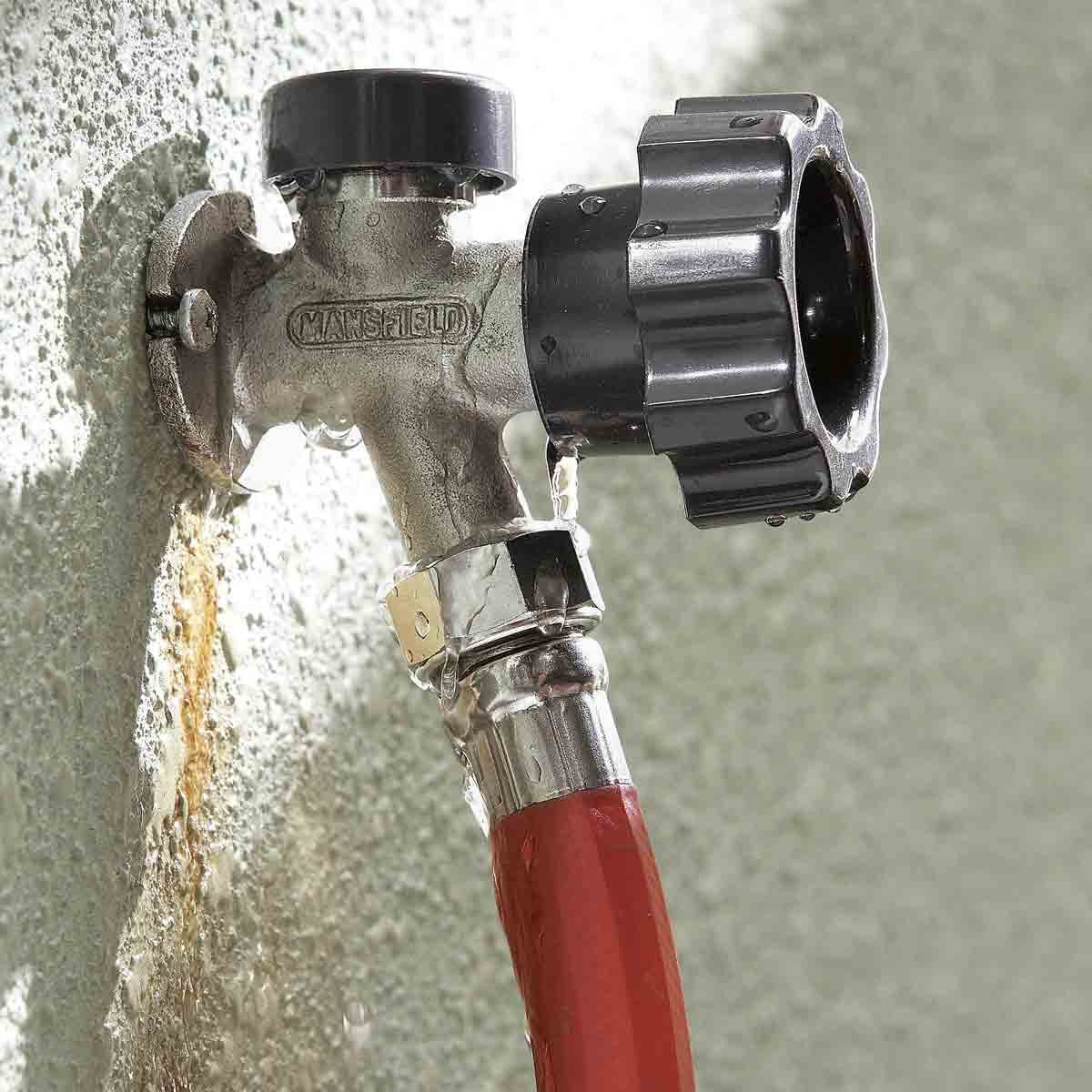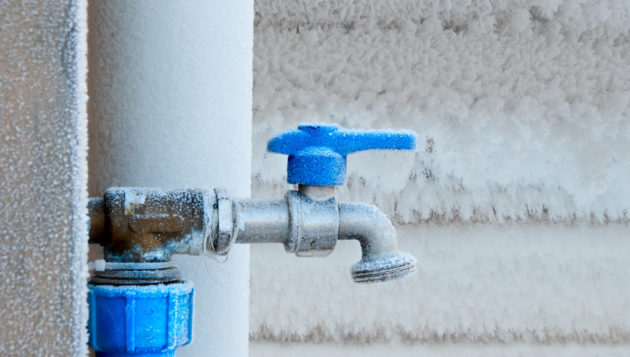The content which follows relating to How to stop pipes from freezing during the winter is exceedingly enjoyable. Don't skip it.

All property owners who reside in temperate environments have to do their best to winterize their pipelines. It is something you must do during fall before deep winter season really begins. Failing to do so can lead to catastrophe like frozen, fractured, or burst pipelines. If the weather condition outside is frightful, right here are some handy winterizing hacks to keep your plumbing system shielded also.
Switch on the Faucets
When the temperature level decreases and also it seems as if the frigid temperature will certainly last, it will help to switch on your water both inside as well as outdoors. This will keep the water streaming with your plumbing systems. On top of that, the activity will slow down the cold process. Significantly, there's no need to transform it on full blast. You'll end up losing gallons of water this way. Rather, go for about 5 decreases per minute.
Open Up Cupboard Doors Hiding Plumbing
When it's cold outside, it would certainly be helpful to open up closet doors that are concealing your pipes. For example, they could be someplace in your cooking area or shower room. This will certainly allow the warm air from your heating system to flow there. As a result, you stop these exposed pipelines from freezing. Doing this small method can keep your pipes warm and also limit the possibly hazardous end results of freezing temperatures.
Take Time to Wrap Exposed Pipeline
One simple and also great hack to warm up freezing pipelines is to wrap them with cozy towels. You can cover them first with towels. After safeguarding them in position, you can pour boiling water on the towels. Do it slowly to let the towels soak up the fluid. You can likewise utilize pre-soaked towels in hot water, just don't neglect to wear protective handwear covers to secure your hands from the heat.
Try a Hair Dryer or Warm Gun
When your pipelines are virtually freezing, your dependable hair dryer or warm weapon is a godsend. Bowling warm air straight into them may help if the hot towels do not assist displace any type of resolving ice in your pipelines. Nevertheless, do not use other items that produce direct fires like a blow lantern. This can lead to a larger calamity that you can not control. You may end up damaging your pipes while trying to melt the ice. And in the long run, you may even wind up burning your house. So be careful!
When Pipes are Frozen, close Off Water
If you discover that your pipelines are totally icy or virtually nearing that phase, turn off the major water shutoff promptly. You will generally discover this in your cellar or laundry room near the heating system or the front wall surface closest to the street. Transform it off immediately to prevent further damages.
Do not fail to remember to shut outside water resources, too, such as your connection for the yard home. Doing this will stop additional water from filling out your plumbing system. Unfortunately, with more water, more ice will certainly pile up, which will at some point cause burst pipelines. If you are unclear about the state of your pipelines this winter, it is best to call a professional plumber for an examination. Taking this proactive approach can conserve you thousands of bucks out of commission.
All property owners who live in pleasant climates have to do their best to winterize their pipelines. Failing to do so can mean catastrophe like icy, cracked, or ruptured pipes. If the warm towels do not assist displace any clearing up ice in your pipelines, bowling warm air directly right into them might assist. Transform off the primary water shutoff instantly if you notice that your pipelines are totally icy or practically nearing that phase. With even more water, more ice will certainly pile up, which will ultimately lead to burst pipelines.
PREVENT YOUR PIPES FROM FREEZING THIS WINTER
A Leading Cause of Property Damage
When the weather is taking a deep nose dive into the cold dreary days, the risk of your pipes freezing and potentially bursting skyrockets. Unfortunately, during these cold dreary months, burst pipes are the most common denominator for property damage. The pipes that are most at the risk are those that are in areas where it is most cold in your home. For instance, pipes located in interior places such as basements, attics, and your garage. Unfortunately, that doesn’t mean that the pipes running through your cabinets or exterior walls can’t freeze. Good news, however, is that you can do things to help prevent pipes from freezing.
How to Prevent Pipes From Freezing
Once the temperature starts to drop during the winter, you should be taking the proper measures needed to ensure that your pipes stay warm and that there is circulation of water through them. Some steps that experts may recommend could go against your better judgement when it comes to saving water and heat. However, it would go without saying that when expenses are compared, damaged pipes could put a bigger dent in your wallet than a water bill.
What Can I Do?
Keep your garage door closed. This is very important, especially if you have water supply lines running through your garage. Open your kitchen and bathroom cabinets to allow warm air to circulate through them. Allow air circulation throughout your home. Keeping the interior doors open will once again allow the warm air to circulate inside your home. Ensure your thermostat is running the same temperature throughout the night and day. If you plan to be away from home during the cold months, set your temperature no lower than 55° F. This should provide enough heat to keep the pipes warm and prevent any remaining water inside the pipes from freezing. For more of a long-term solution, add insulation to attics, basement, and other crawl spaces around your home. By allowing your faucet to drip, it will alleviate pressure in the system. This is important because the pressure that is created between the blockage and the faucet can potentially cause the pipes to burst. Allowing the faucet to drip will prevent the pressure from building up, therefore keeping the pipes from bursting. Seal any cracks, openings, and crawl spaces around your home to prevent cold air from coming inside. This keeps your pipes-not to mention your home-warmer and less susceptible to issues caused by freezing temperatures. For the pipes in your home that are easily accessible, applying electrical tape to them might prevent them from freezing over. This is a quick fix, as you can apply the tape directly to the pipe. There are two options for heating tapes. One turns on and off by itself when it senses heat is needed. The other type of heating tape needs to be applied when heat is needed and removed when not necessary. If you have exposed pipes in your home, you can check this website to take a look at a few options that would be available at a shop near you.

We were guided to that report about How to Prevent Frozen Pipes from an associate on a different web page. Loved our content? Please share it. Let another person locate it. Thanks a lot for going through it.
One-stop solution, phone now!